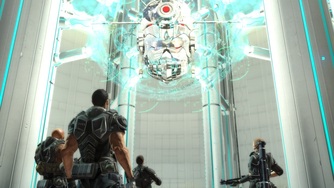 Do robots dream of electric sheep? Do robots dream of electric sheep? A Japanese company is accused of manufacturing robots designed to look exactly like people. Now a small squad of agents must infiltrate Japan and the company in order to gather the evidence they need.
1. Gameplay
I was surprised at how much I enjoyed this game. I saw this game at E3 2012 and was not impressed at all. It felt like a Terminator rip-off and the gameplay wasn’t really unique, so I didn’t have high hopes. But the way that three of the characters interacted completely saved this game for me. The way that Big Bo, Dan, and Faye interacted made this game worth playing. Each of the characters are very stereotypical, but the things that Big Bo says were sometimes really funny. Somehow, despite all of the things that could have gone horribly wrong with this game, the interactions between Dan and Big Bo felt genuine, which is rare in a game of this type. I mention Faye, the angry Chinese romance option because some of Bo’s better lines occur when she’s in the party. Most of the gameplay is fun. The weapons were pretty underpowered, and I was extremely disappointed that I couldn’t choose my primary weapon, but the boss battles were epic. And the story was surprisingly good. It was basically a slightly different take on Blade Runner, but everything was presented in a way that made me want to figure out who was creating the “hollow children” and why these robots were designed to not know they were robots. There was one extremely unfortunate dark mark on the game though. The game was designed to include a “voice recognition” system so that the player could say orders to his friends and participate in conversations without having to click a dialog option. On paper, this is an excellent system that almost every game should include in some capacity. In practice, though, this was a complete disaster. For example, let’s say someone gives you a complement. They say “Nice job!” or something like that. You can respond in different ways, but the game suggests “No problem!” You say “No problem!” However, the game doesn’t register the “problem”, it only registers the “no”. “No”, to this game, is a negative response. So instead of thanking the character for their complement, you’re basically telling them “go to hell”. That happened when I played. There were a lot of other problems too. Like the character would say something about how they need to keep going, and the game would suggest you say “God damn!” Or you would be sitting there, not talking, and the characters would respond as if you had given a command. Or, alternatively, you command them to fire, they respond in the affirmative, and then they proceed to ignore you. Excluding the voice recognition, this game was a lot of fun. It’s definitely worth picking up and trying, assuming you’ve already played the other, better third person shooters first.
This game was not particularly long. It took me a little over 8 hours to complete the campaign. There is some motivation to go back and retry the campaign while taking different characters, but I really didn’t care for the two that I left out of my party. I don’t have much motivation to go back and replay the campaign. The multiplayer is awful. There are a few people still playing, but it’s really unbalanced and nothing compared to other third-person shooter multiplayer modes. I didn’t mind the two matches I played, but that may have been because I was on the winning team.
Most of this game was very smooth. The user interface was somewhat rough around the edges, but could be figured out with enough time and patience. But the voice recognition, which was one of the main aspects of this game, is downright abysmal. After playing endwar and seeing how pretty good voice commands work, Binary Domain is a huge step backward. Let me give you an example. Let’s say a character tells you “That was pretty awesome work you did” and the game prompts you for a response. Its suggestions are “No problem” or “Stop” or “God damn”. The obvious response is “no problem”. But if you don’t say it correctly, the game will pick up on the “no” but not the “problem”. Saying “no” is a universal negative response, which means the game thinks you’re telling the character off, even though you wanted to thank the character for the praise. So it ended up being easier to simply respond to every question or comment with “yes” or “no” even if that wasn’t a logical response at all. But even this wasn’t perfect. For example, one girl starts talking about clothing, then says “But you don’t care about fashion, right?” I wasn’t sure how to respond to this. I want to say “Yes, I do care about fashion” to make her happy, but saying “yes” in this case means that I don’t care about fashion. This isn’t an isolated issue either. It happens a number of times in the game. On top of this, the characters will sometimes act like you’re trying to give them an order when you’re not saying anything. This wasn’t a problem with my microphone (I triple checked the settings to be sure). They just thought I was giving them some random command even though I wasn’t saying anything. And I wasn’t saying anything because, most of the time, they wouldn’t respond to my commands anyway! I would tell them “fire” and they would say “okay” and then stand there doing nothing. I was just glad they didn’t get in the way too much. Other than the conversations and relationships, there was no point in bringing them along at all. 2. Parental Notices
This game is heavily combat-based, but most of the time this is going to be extremely mild. The player will only ever fight robots, and almost all of these robots look like mechanical terminator-style metalheads. The player can shoot the limbs off these enemies, but the graphic nature of the violence is lost in the fact that destroying these is visually the same thing as shooting a computer or a car. There are some boss battles, but these bosses are almost always presented in a similarly cold, mechanical way. However, there are a number of cutscenes with graphic depictions of violence. This is especially obvious in the scenes where characters discover that they are hollow children. Usually this involves pieces of flesh being torn off their faces. In one, this even involves a man tearing off his face upon coming to the horrific realization that he is a robot. It’s extremely graphic. If it weren’t for these types of scenes, this game would have been appropriate for almost all ages. However, despite these sequences’ brevity, their graphic nature significantly increases this game’s overall violence rating.
Sexuality does play a minor factor in a small number of scenes. Early in the game, the player is introduced to Faye (one of the two female characters). Big Bo, the player’s main ally, comments that he may have seen her before in a movie. The main character replies that the only movies Bo watches are pornographic. Bo then gives the player a look, indicating that’s what he meant. Later, the team is taken into a sort of back alley black market area. Amongst the clubs, there are clearly prostitutes around selling their “wares”. One walks up to Big Bo, who is clearly interested. The team’s guide mentions “You can get anything down here,” looking at Big Bo, “…even crabs.” If the player manages to get Faye to trust him enough there is a section where the main character will have sex with her. The sex is not shown (it’s merely implied), but there is a lot of intense kissing. It does play a role in the story though, especially late in the game. However, this scene can be missed if the player does not have a high enough relationship with Faye.
There are a few random scenes where beer can be seen or characters are depicted smoking, but these are extremely rare. There are also medical kits that serve as health packs. However, they cannot be opened. They simply heal the player immediately upon use.
Every time the player finishes buying an item from the ammunition kiosks, the kiosk will enter a weird lottery system. The player has a 2 in 3 chance of receiving an extra item from the kiosk as a result of the lottery. There are also a few slot machines that are only included as part of the environment in a very select few sections. These are the only times gambling is present in the game. 3. Other Factors
There are no modding tools available for this game.
At the end of the game the player will come across a weird shrine to Amada, the main antagonist. It’s his burial place, but the reason I even consider it to be “religion” is that they mention that Amada seemed to consider himself to be a god. Otherwise, religion is not a factor.
This game really is about two forms of law enforcement clashing about a single issue. The player is part of a task force organized by the UN. They are tasked with infiltrating Japan in order to find and capture the head of a corporation. Along the way the Japanese law enforcement will try to stop / kill the player. The player shoots back. The main characters will have to be involved with some organized crime elements. For example, they have to meet with and bribe a Yakuza boss in order to gain passage to the upper levels of Japan. They clearly don’t like working with the boss, but it’s sort of a necessary evil. For most games, this category would get a considerably higher rating. However, the fact that the main character is part of a law enforcement agency prevents this category from receiving a high rating.
I was surprised that people were actually playing the multiplayer considering that very few gamers I know even own the game. That said, the multiplayer felt fairly poorly designed. Sniper rifles will have an absurd advantage over every other weapon in the game. Even the basic sniper that I had access to from the beginning was able to net me a more than 4 to 1 kill death ratio. This was even worse when the enemy team started losing. With one or two snipers, my team was able to push the enemy team back into their spawn zone. Unfortunately, the spawn zones were static, which meant that my allies would move right into their spawn zone and sit there, waiting for enemies to pop back in. The enemies would live for all of 5 seconds before they were mowed down. The campaign is really what this game should be played for. Not the multiplayer.
There were a few sequences that took place during a high-speed vehicle chase. These usually involved the player shooting from the fast-moving vehicle at other vehicles on the road. One of the scenes ends with the player having to jump from one truck to another while both are traveling at high speed. There is also a scene where characters zipline from one skyscraper to another in an attempt to evade the police.
Magic is not a factor in this game.
Language The type of language the characters use isn’t bad for most of the game. However, the voice commands do allow, and sometimes encourage, the player to swear. There are a lot of different four and five letter words the player can use in a conversation. I never found a real purpose for saying any of these, but the game does list out the different swear words that it recognizes. Human Disfigurement There are a number of sequences where hollow children rip off their faces in order to expose their robotic core structure. These are very graphic scenes. Prostitution In one scene, the player goes to a sort of underworld. Prostitution is fairly rampant in this location. Big Bo goes up to one of the girls and seems interested until one of the other characters implies that he might get crabs from the encounter. Suicide
There is one sequence where suicide comes into play. A man finds out that he is a hollow child, and after killing the man who exposed him and getting shot repeatedly, he turns the pistol on himself. It was a very intense sequence but further developed the idea that these robots had no idea what they actually were.
0 Comments
Leave a Reply. |
Like what we do? Want to see more? Donate to the site using the button below!
Not sure what a term means? Read the definitions!
Not sure what a review section is about? Find out more information!
|
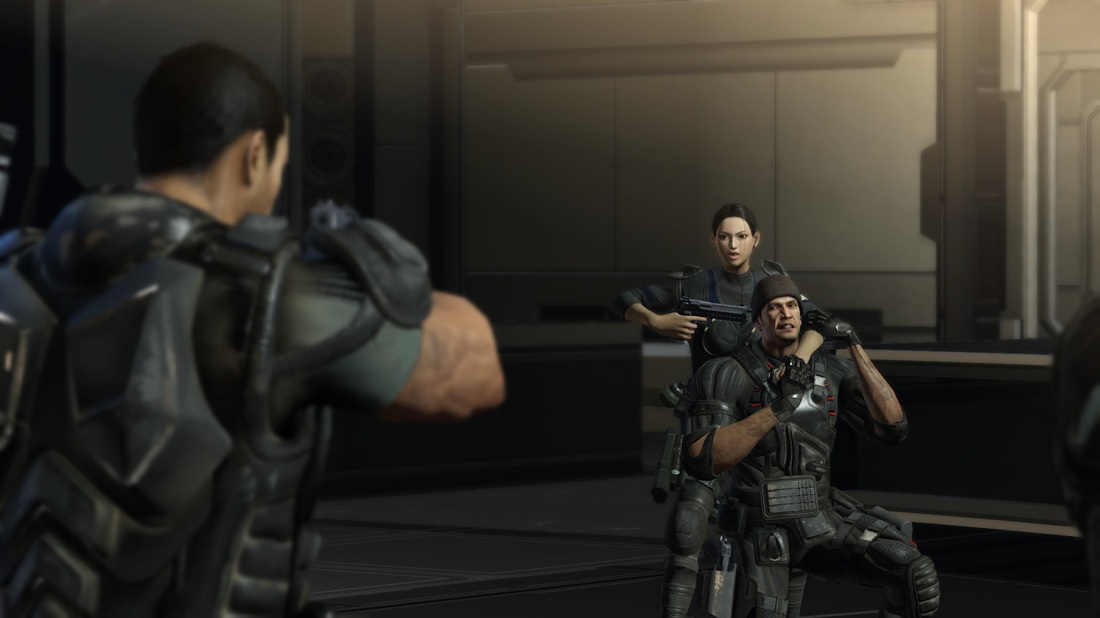




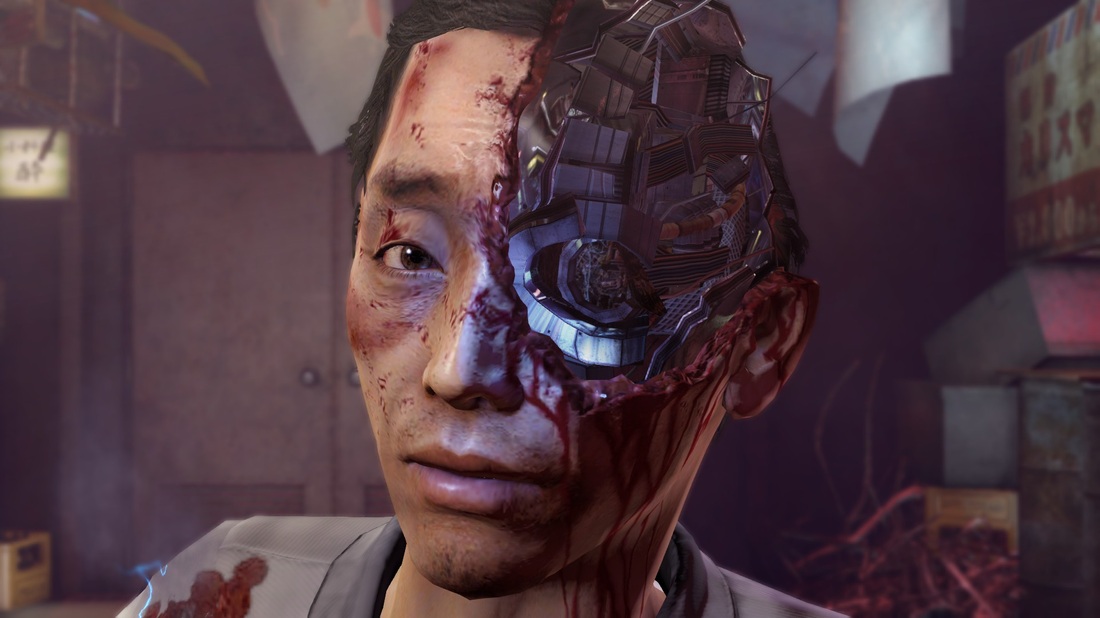
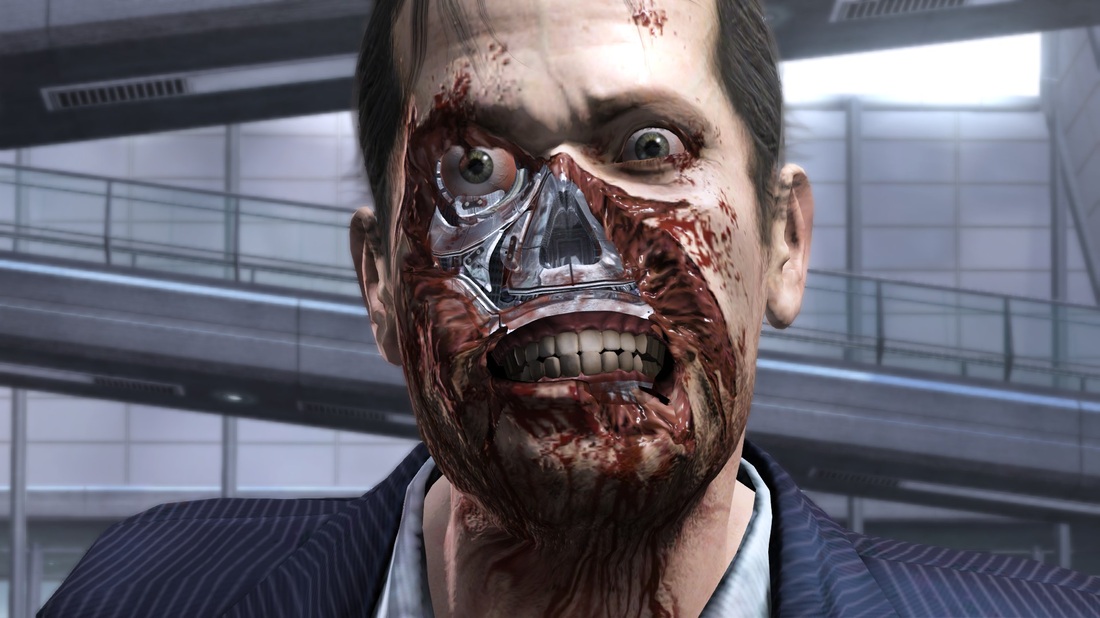






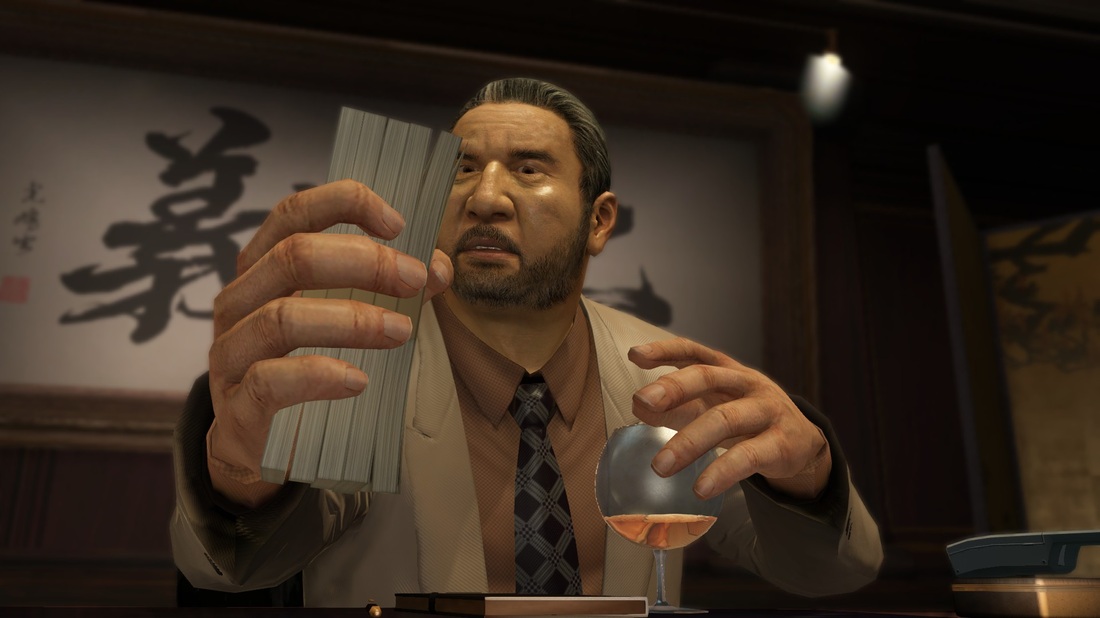


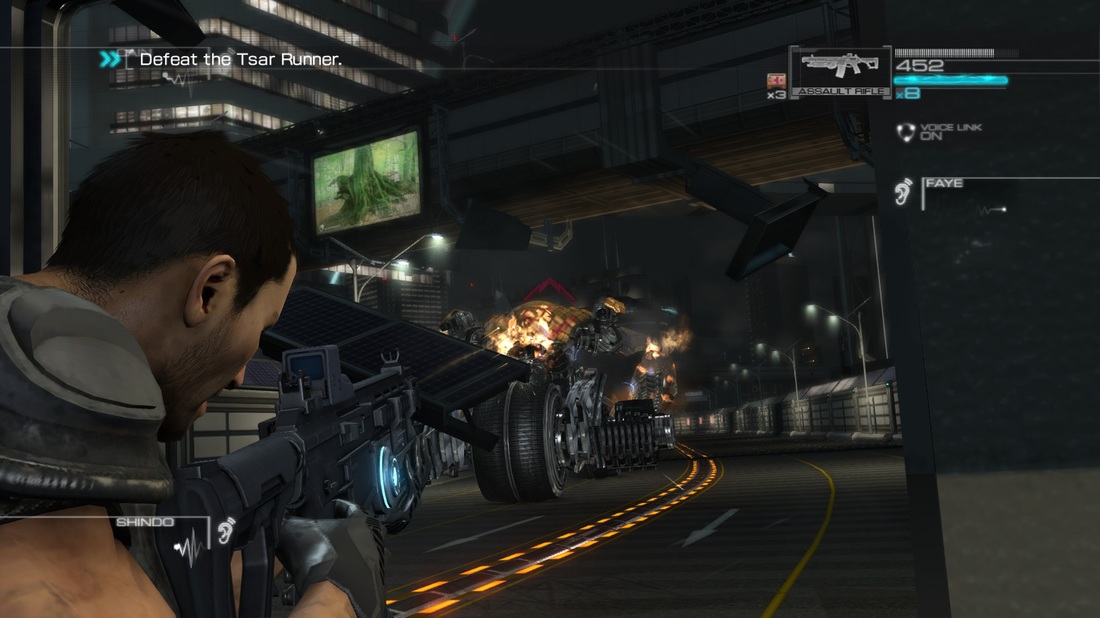

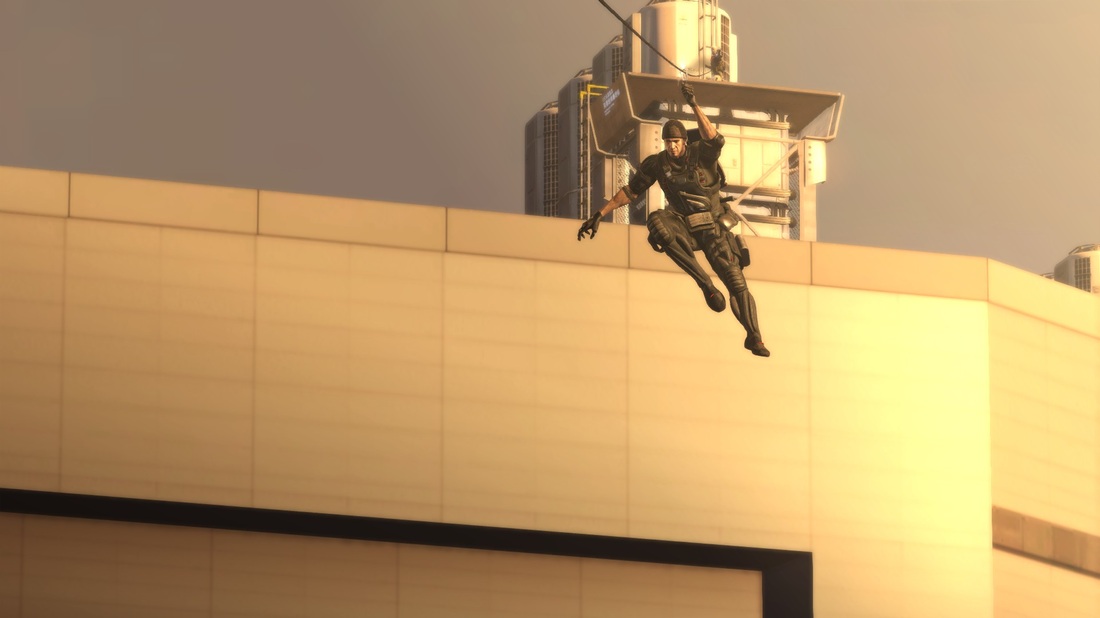
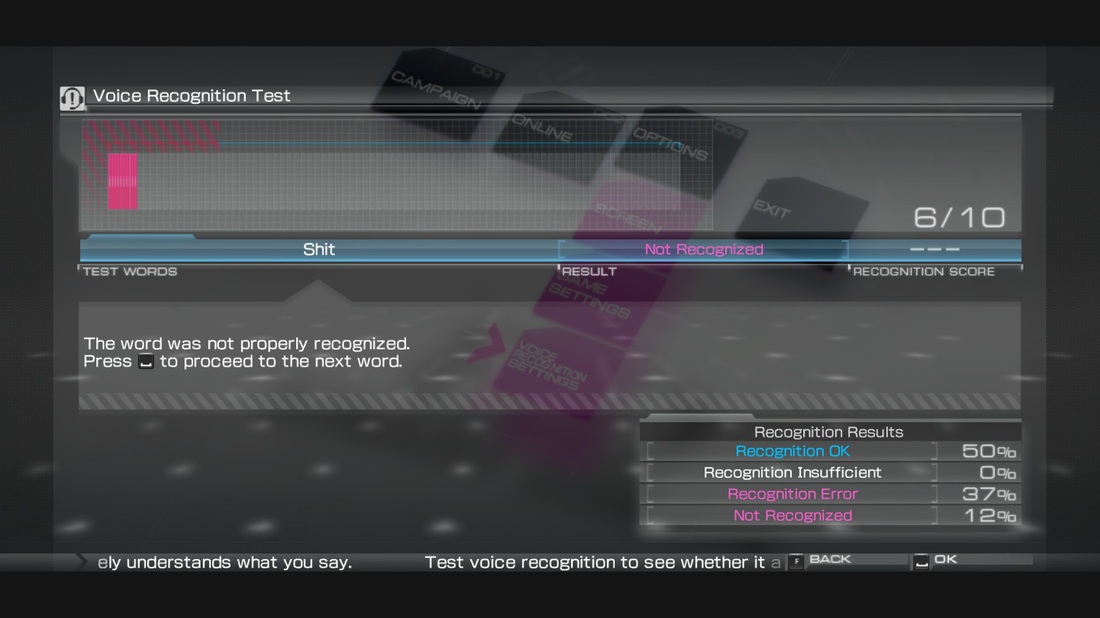


 RSS Feed
RSS Feed